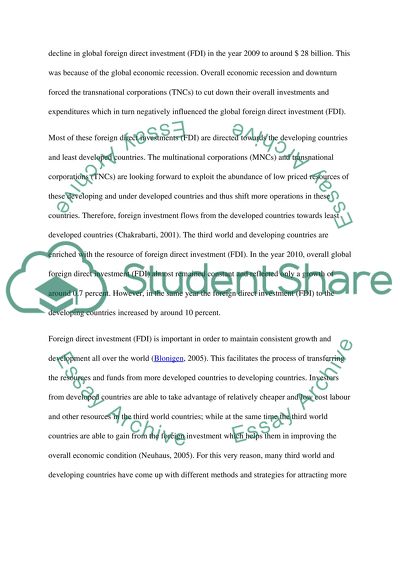Cite this document
(“The global pattern of foreign direct investment in the years 2000-2011 Essay”, n.d.)
Retrieved from https://studentshare.org/finance-accounting/1393385-how-do-you-explain-the-global-pattern-of-foreign
Retrieved from https://studentshare.org/finance-accounting/1393385-how-do-you-explain-the-global-pattern-of-foreign
(The Global Pattern of Foreign Direct Investment in the Years 2000-2011 Essay)
https://studentshare.org/finance-accounting/1393385-how-do-you-explain-the-global-pattern-of-foreign.
https://studentshare.org/finance-accounting/1393385-how-do-you-explain-the-global-pattern-of-foreign.
“The Global Pattern of Foreign Direct Investment in the Years 2000-2011 Essay”, n.d. https://studentshare.org/finance-accounting/1393385-how-do-you-explain-the-global-pattern-of-foreign.


